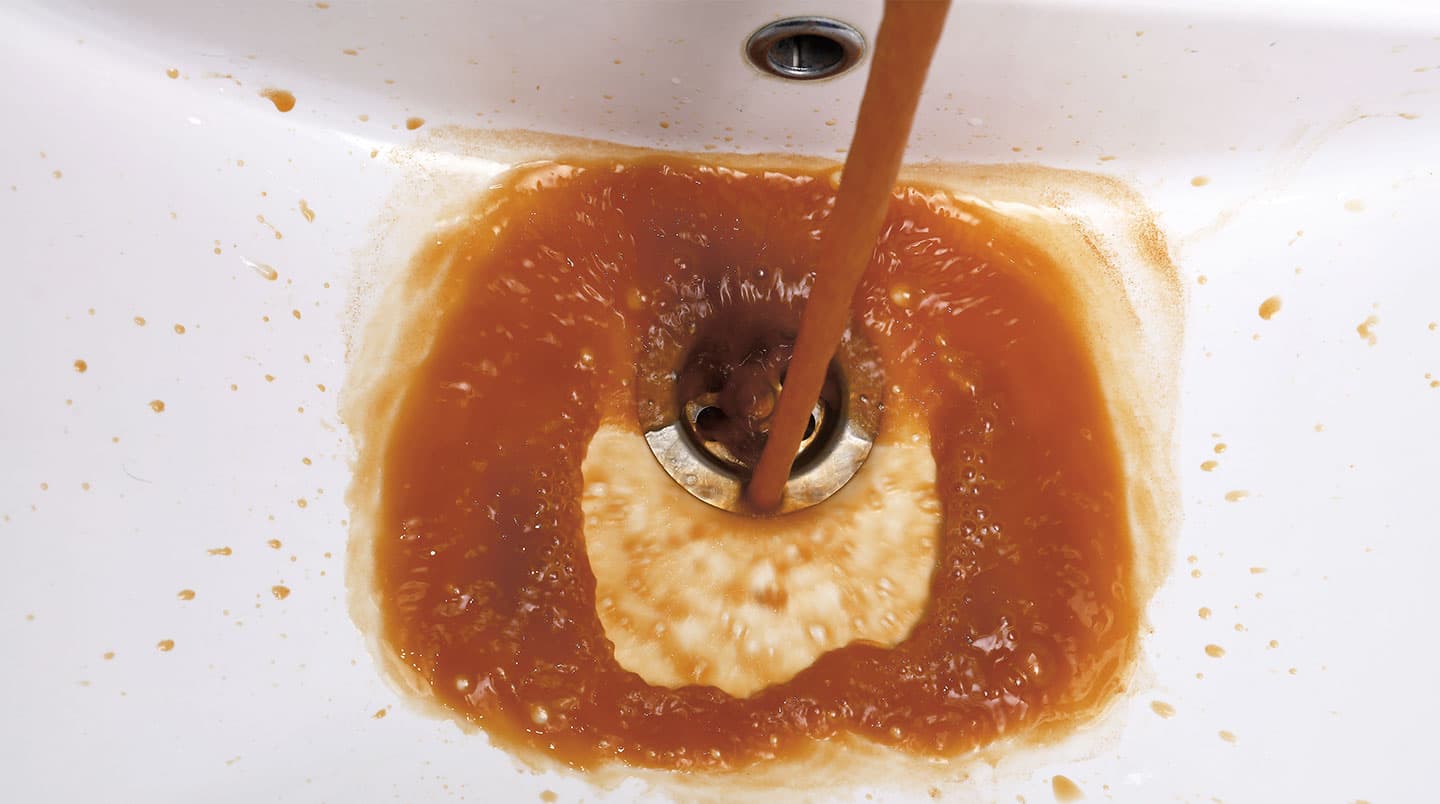Jim McMahon/Mapman®
Some kids are afraid of spiders or snakes or ghosts. But in Flint, Michigan, children are terrified of tap water. It started in April 2014, when smelly yellow and orange liquid began flowing from the faucets in people’s homes. Some residents developed mysterious health problems: red, scaly rashes and painful stomach cramps. Other people’s hair began to fall out in clumps.
For months, Flint residents complained that the water was poisoning them. And for months, state officials said the water was safe. Until they admitted it wasn’t.
In the fall of 2015, those officials confirmed people’s worst fears: Flint’s water was contaminated with lead, a highly toxic metal. Exposure to lead can cause serious health problems, including brain damage in young kids. And for a year and a half, Flint residents had been drinking the poisoned water and using it to cook and bathe.
Within months, city, state, and federal officials all declared a state of emergency in Flint. Donations of money and bottled water poured in from around the country. But the damage had been done. Flint’s nearly 100,000 residents—including 8,000 kids under age 6—had been exposed to alarming levels of lead. And 12 people had died from a disease linked to the tainted water.
Some kids are afraid of spiders or snakes or ghosts. But in Flint, Michigan, children are terrified of tap water. It started in April 2014. That is when smelly yellow and orange liquid began flowing from the faucets in people’s homes. Some residents developed mysterious health problems. They got red, scaly rashes. They had painful stomach cramps. Other people’s hair began to fall out in clumps.
For months, Flint residents complained that the water was poisoning them. And for months, state officials said the water was safe. Until they admitted it was not.
In the fall of 2015, those officials confirmed people’s worst fears. Flint’s water was contaminated with lead. Lead is a highly toxic metal. Exposure to it can cause serious health problems. It can even cause brain damage in young kids. And for a year and a half, Flint residents had been drinking the poisoned water. They had been using it to cook and bathe too.
Within months, city, state, and federal officials all declared a state of emergency in Flint. Donations of money and bottled water poured in from around the country. But the damage had been done. Flint’s nearly 100,000 residents had been exposed to alarming levels of lead. That included 8,000 kids under age 6. And 12 people had died from a disease linked to the tainted water.

